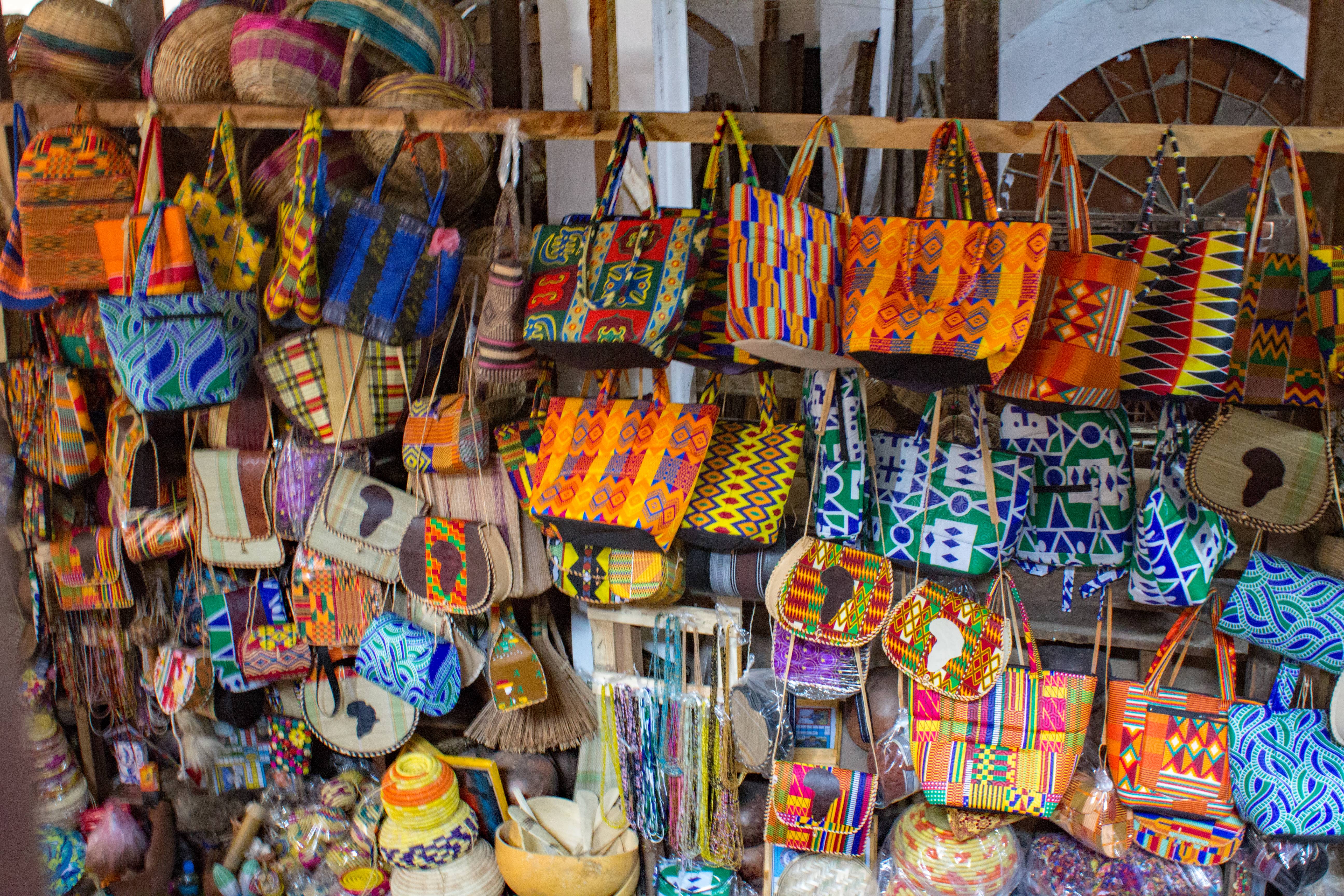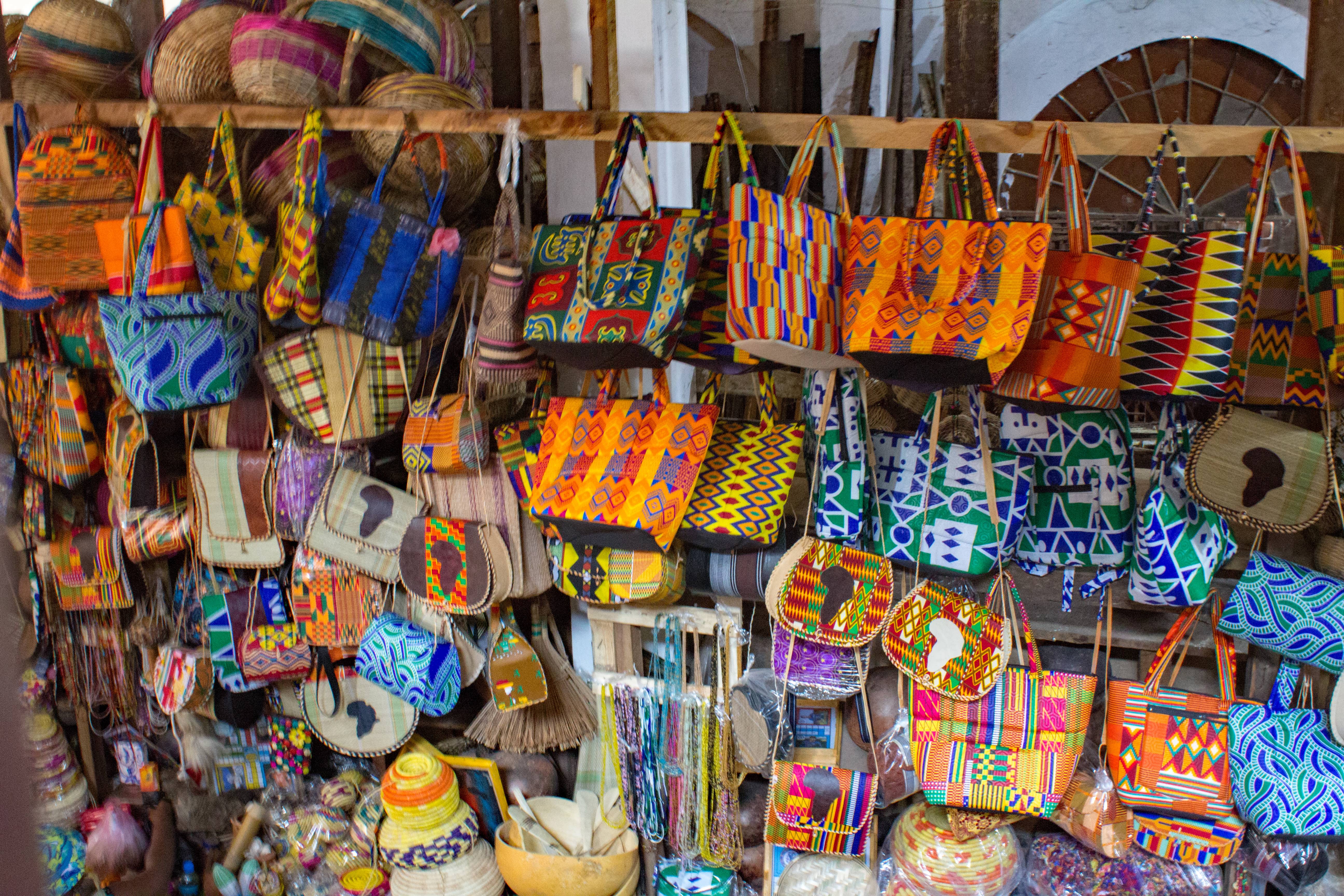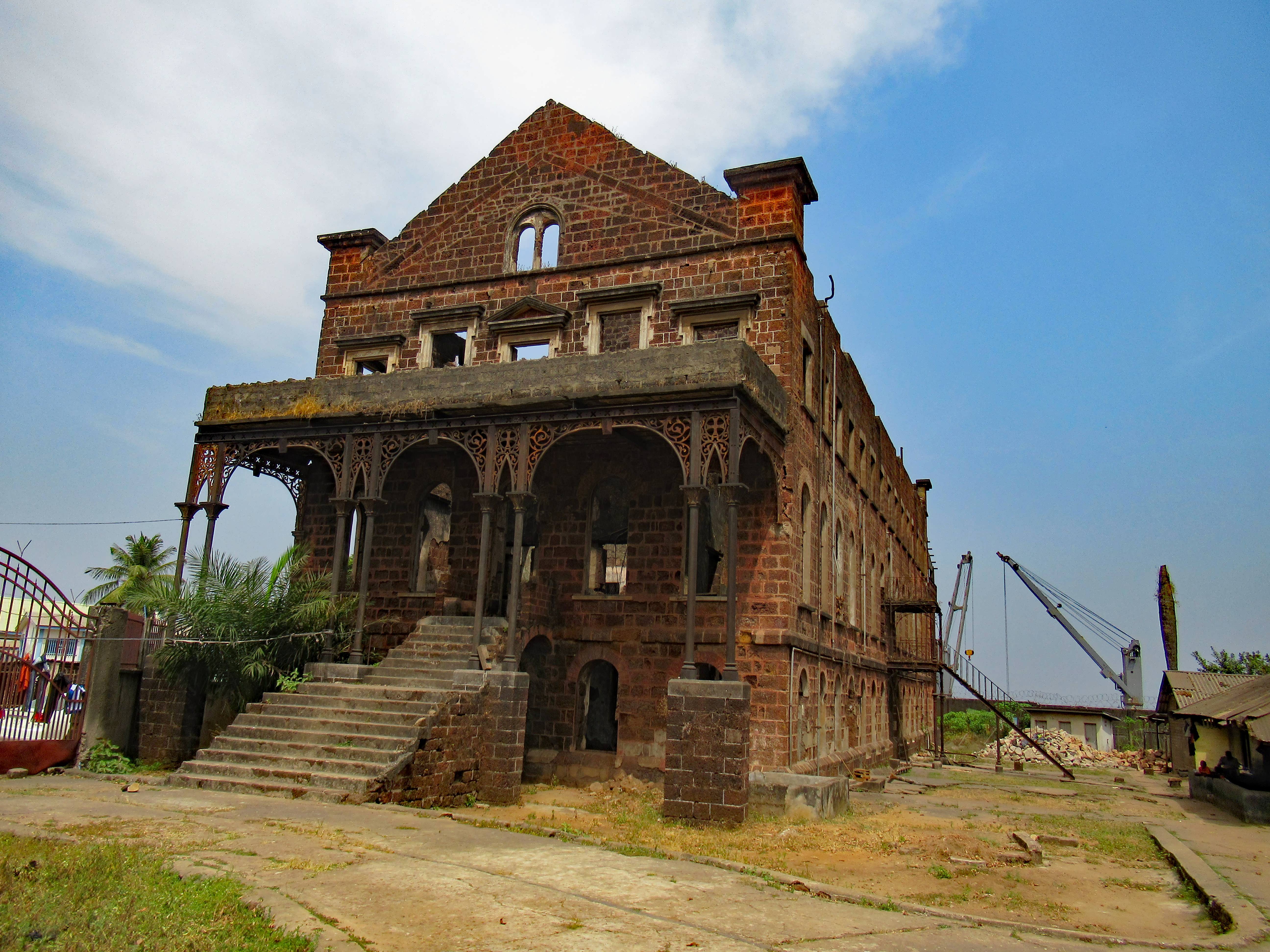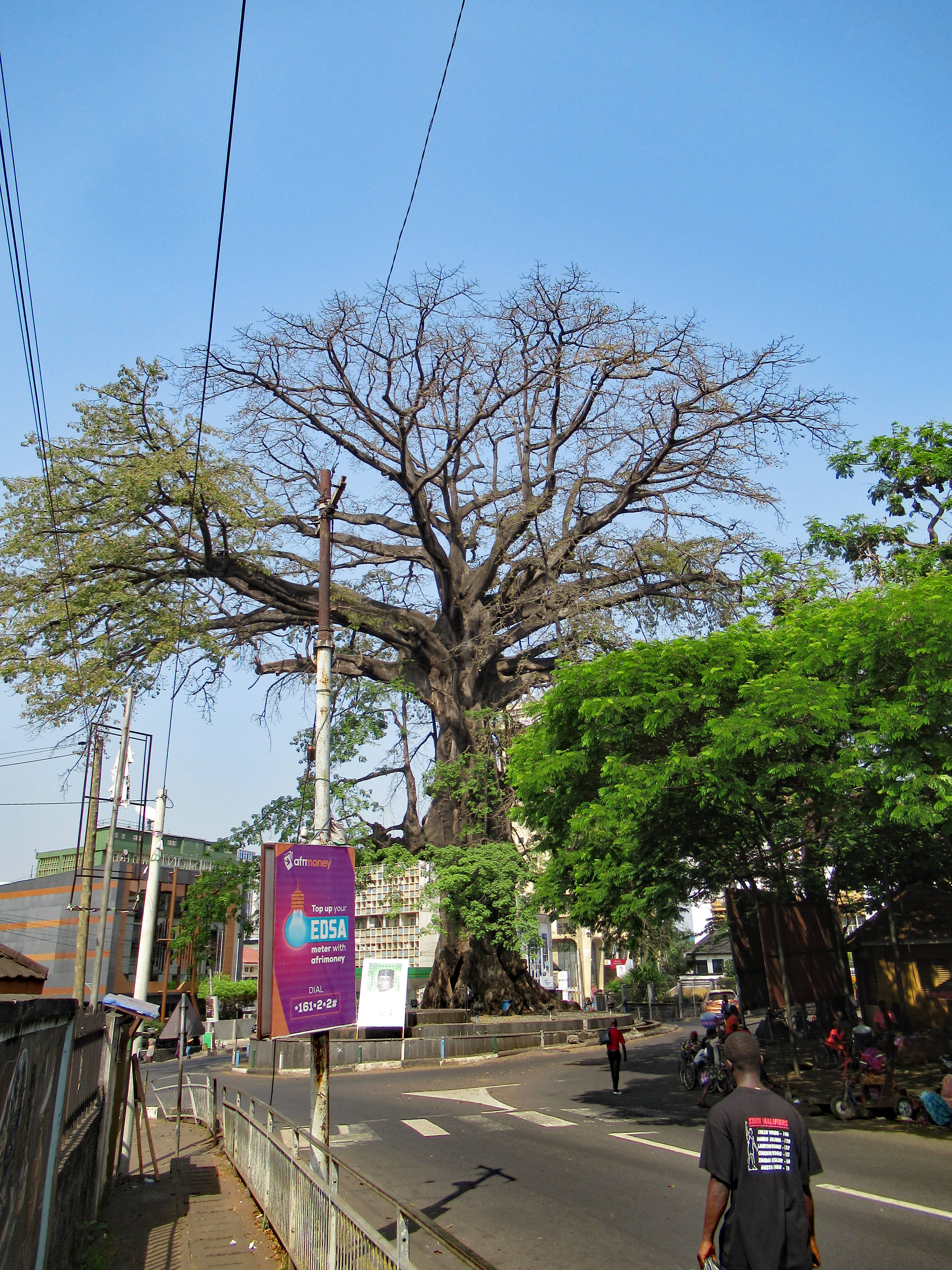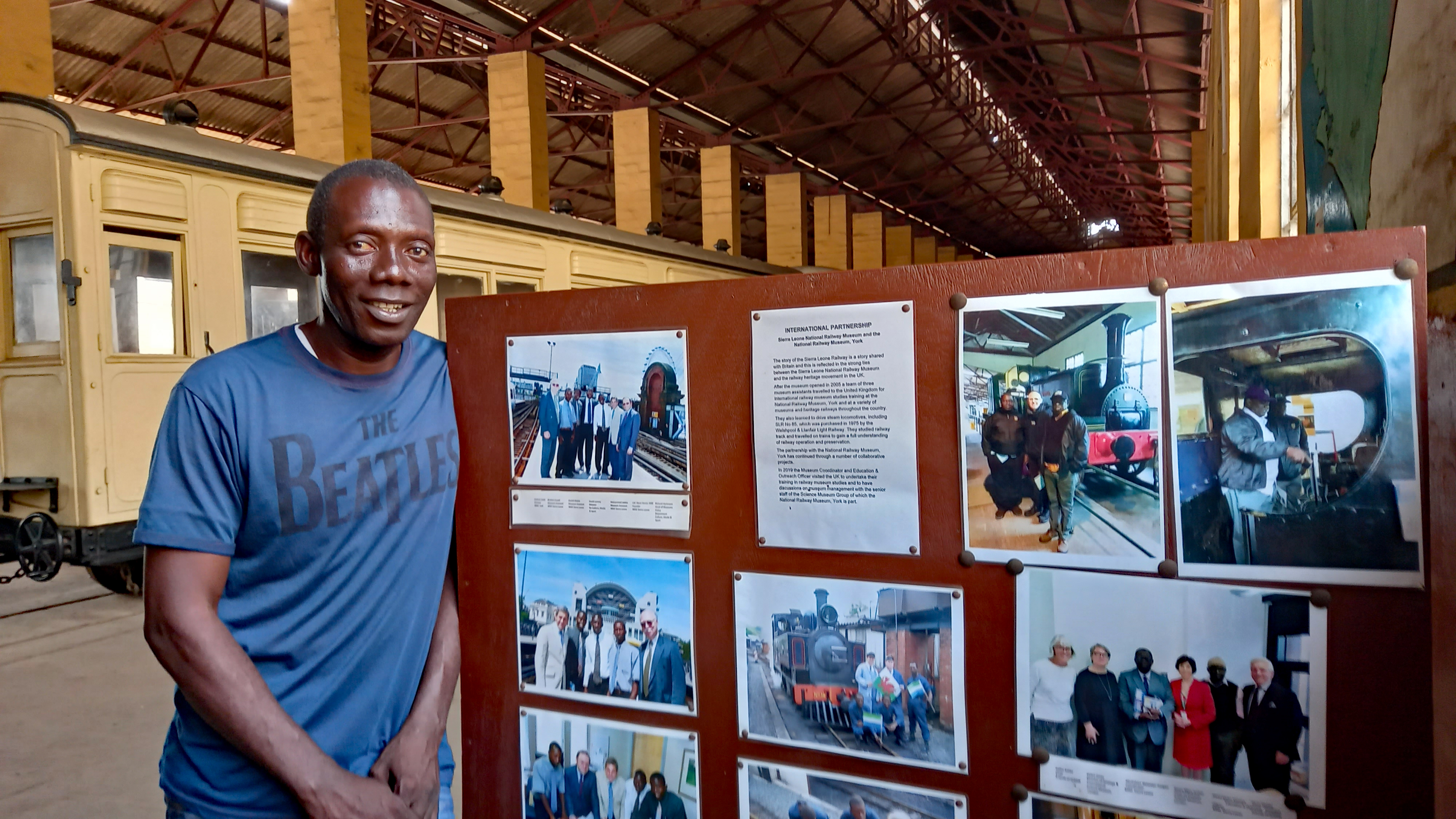In 1979, Kingston upon Hull was twinned with Freetown, Sierra Leone and each day as I drove into Hull city centre to work, I passed a sign commemorating the arrangement. Little did I know, that 40+ years later, I’d be visiting not just Freetown, but other sights in the 5th poorest country in the world.
The National Railway Museum was the first stop on our city tour. When Sierra Leone’s railway closed in 1975, the General Manager and his team transferred several locomotives and carriages to a shed in Cline Town, with the locked door being marked ‘Not to be Burnt’. They survived the eleven-year civil war which ended in 2002, despite the shed being used as a centre for around 10,000 displaced people who lived there. Sadly, the fittings and panelling were stripped, and the locomotives lost many of their non-ferrous components. However, in 2004, they were rediscovered by Colonel Steve Davies, a British railway enthusiast on military service. Colonel Davies brought the collection to the attention of the president, who indicated his support for the preservation of the country’s railway heritage. As a result, Colonel Davis recruited a team of local men to assist in the creation of a National Railway Museum, and a major restoration programme was started in September 2004 with the opening the following year.
Having arrived for our tour, I was just about to tell our guide Mohammed about the National Railway Museum in York, when he led us to information boards which told us how the museum had been opened jointly by the President of Sierra Leone and Andrew Scott, the Director of the York Museum. The two museums have a close partnership, and photographs showed Mohammed visiting York in 2005, where he learned to fire and drive a steam locomotive.
We were shown around the various engines, rolling stock and carriages including one built for the Queen’s visit to Sierra Leone in 1961. Unfortunately, it was never used for the royal visit as plans were changed and the Queen didn’t travel on the railway. When it was rescued in 2004, Colonel Davies arranged for the body panels to be replaced, and the coach to be cosmetically restored. I was able to climb into the carriage, look out and perform a royal wave, from the slightly unsteady rear platform.
There were many references to the UK, with engines and stock being built in places like Manchester, Leeds and Ware in Hertfordshire. A small gift shop sold postcards and a large board showed the names of donors and the list of stations on the three lines with the distances between them.
The other major attraction visited was the National Museum, where a guide showed us around the three rooms. Room 1 had nine traditional life-size devil costumes and wooden masks and we heard about the circumstances in which they were used. For example, the Gongoli mask, depicting the face of a human or animal with a broad nose, barred teeth and raffia hair, would have been worn by a masquerader to provide light entertainment, particularly during solemn occasions such as funerals. When I took a photograph, I was told not to, and although it wasn’t clear whether photos were allowed in the rest of the museum, I put my camera away. There were various musical instruments, including xylophone and drums, whilst display cabinets contained weavings.
In the second room were photographs of Paramount Chiefs, or political leaders, and other prominent people, including an Englishman, Peter Penfold. He was the British High Commissioner to Sierra Leone during a military coup in 1997, and due to his attachment to the country, attained folk hero status.
The third room contained pictures of the houses built by the repatriated slaves which were designed in the American clapboard style. There was also information about the Commonwealth War Graves with a list of names of those who lost their lives, and a large map and painting of Freetown.
The museum’s website is impressive and has what appears to be the entire collection online.
Near to the National Museum, and at a busy intersection, we saw the cotton tree. It was under this tree that Nova Scotian settlers first prayed upon landing in Sierra Leone to start their new lives as free people.
The Old Fourah Bay College was the site of the first university in sub-Saharan Africa, and won the country its reputation as the Athens of West Africa. It suffered extensive damage during the civil war when it was used to house displaced people, but it was easy to see what a grand building it would have been, and we learned it’s scheduled for restoration in the near future with the aid of the US.
Before going into St. George’s Cathedral, celebrating its 120th anniversary this year, a money changer was summoned, and we changed six $50 notes for Leones. The exchange rate was 1,850 Leone (SLE) to the dollar, and as the majority of the notes were 10 SLE (the largest is 20) we were handed a huge wodge of notes.
Across the road, we found the Craft Market, with two floors of raffia place mats and baskets, material, batik wall hangings and African-style jewellery: all things we didn’t want, especially as we were at the beginning of a month-long trip.
On the following day, we took the coastal road south, past Lumley Aberdeen Beach which as it was Sunday, was lined with busy beach bars and boys playing football on the sand. We eventually reached what is simply known as Number 2 beach, a beautiful, deep, white sandy beach with lots of wooden chairs, tables and umbrellas which could be hired from the local community who run the beach.
There were several things that surprised us about Freetown: how hilly it was, how beautiful the beaches were, and how vibrant and noisy the city was. Whilst it might be the capital of the 5th poorest country, it has many natural riches.
